Slums
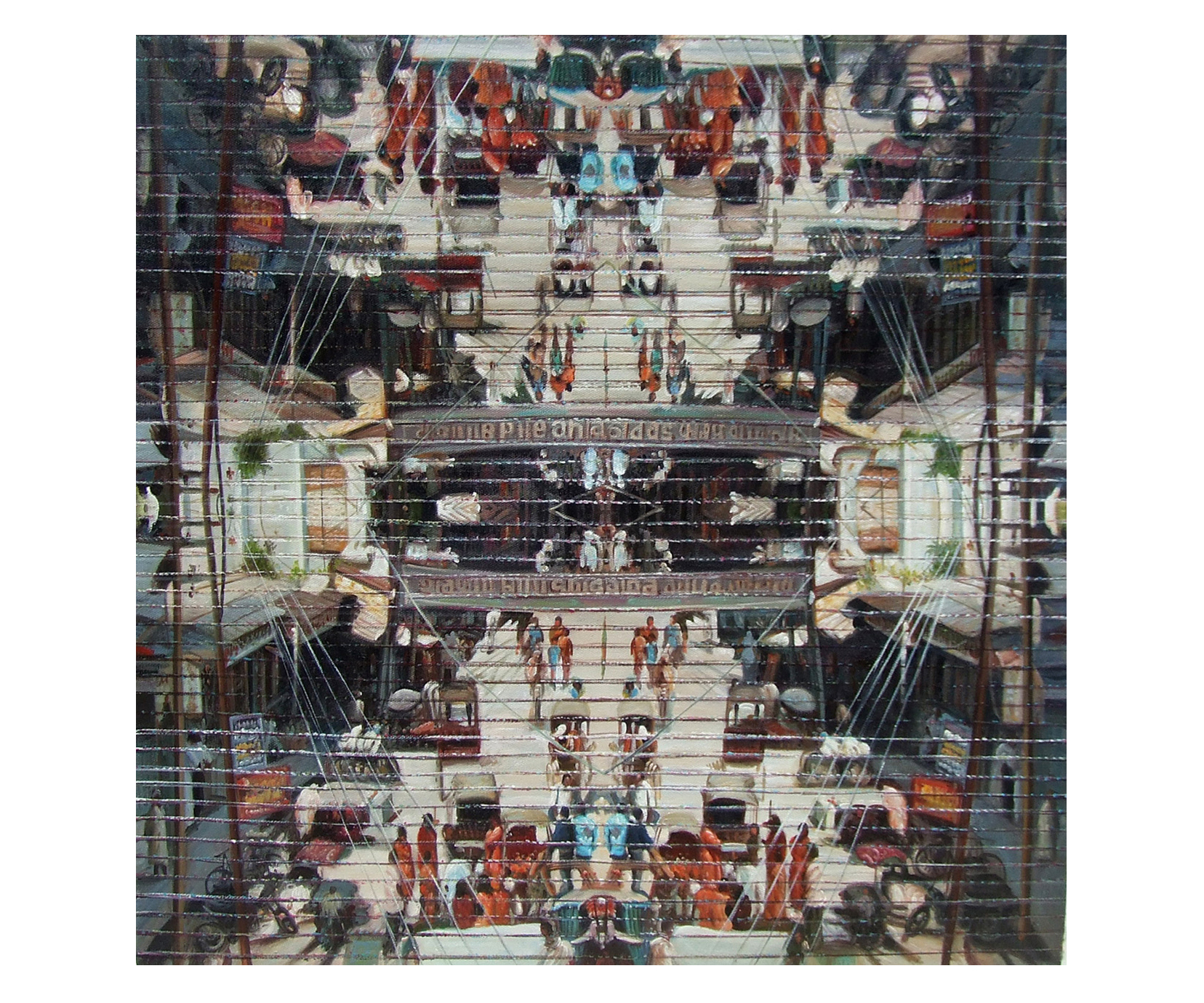
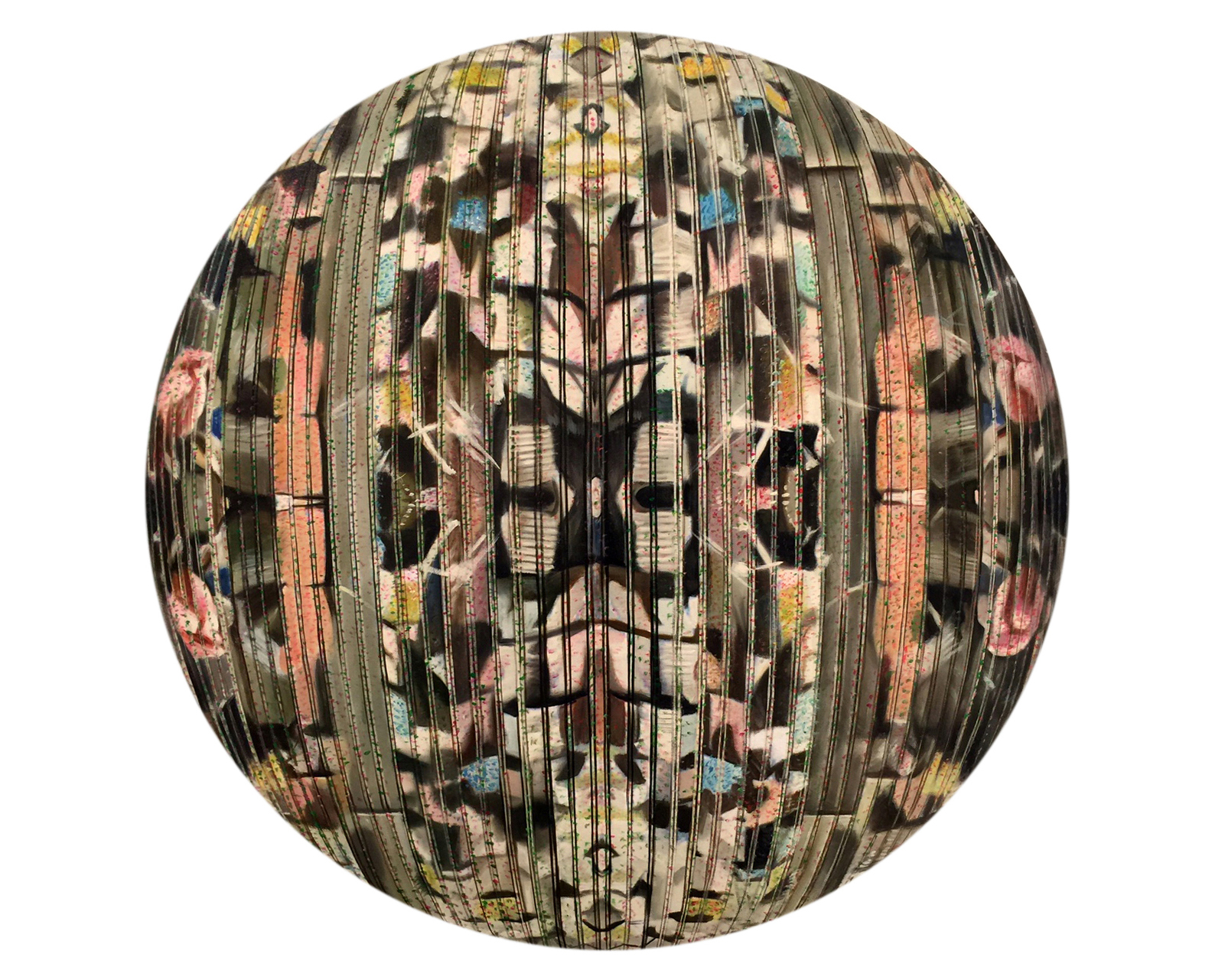
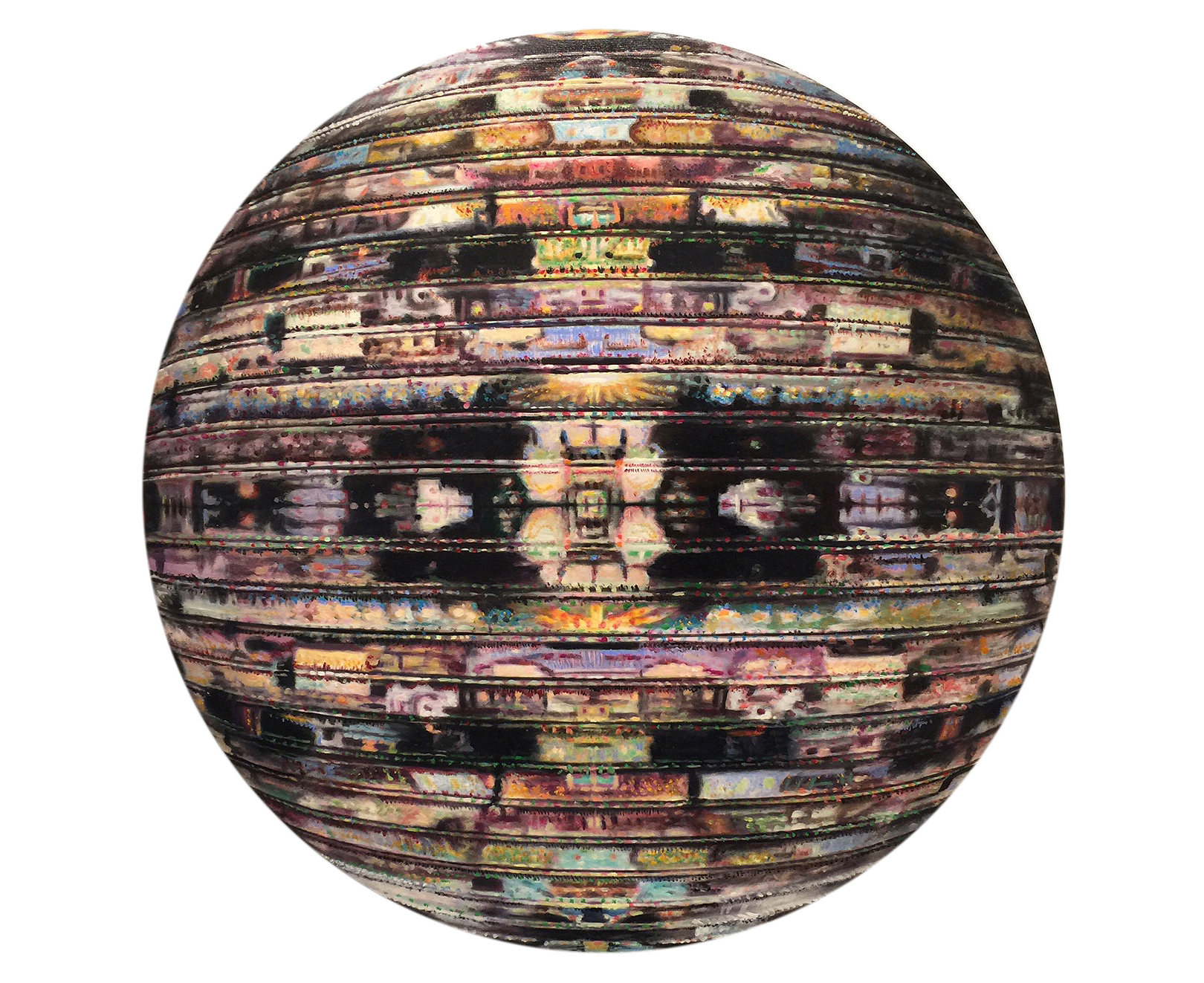

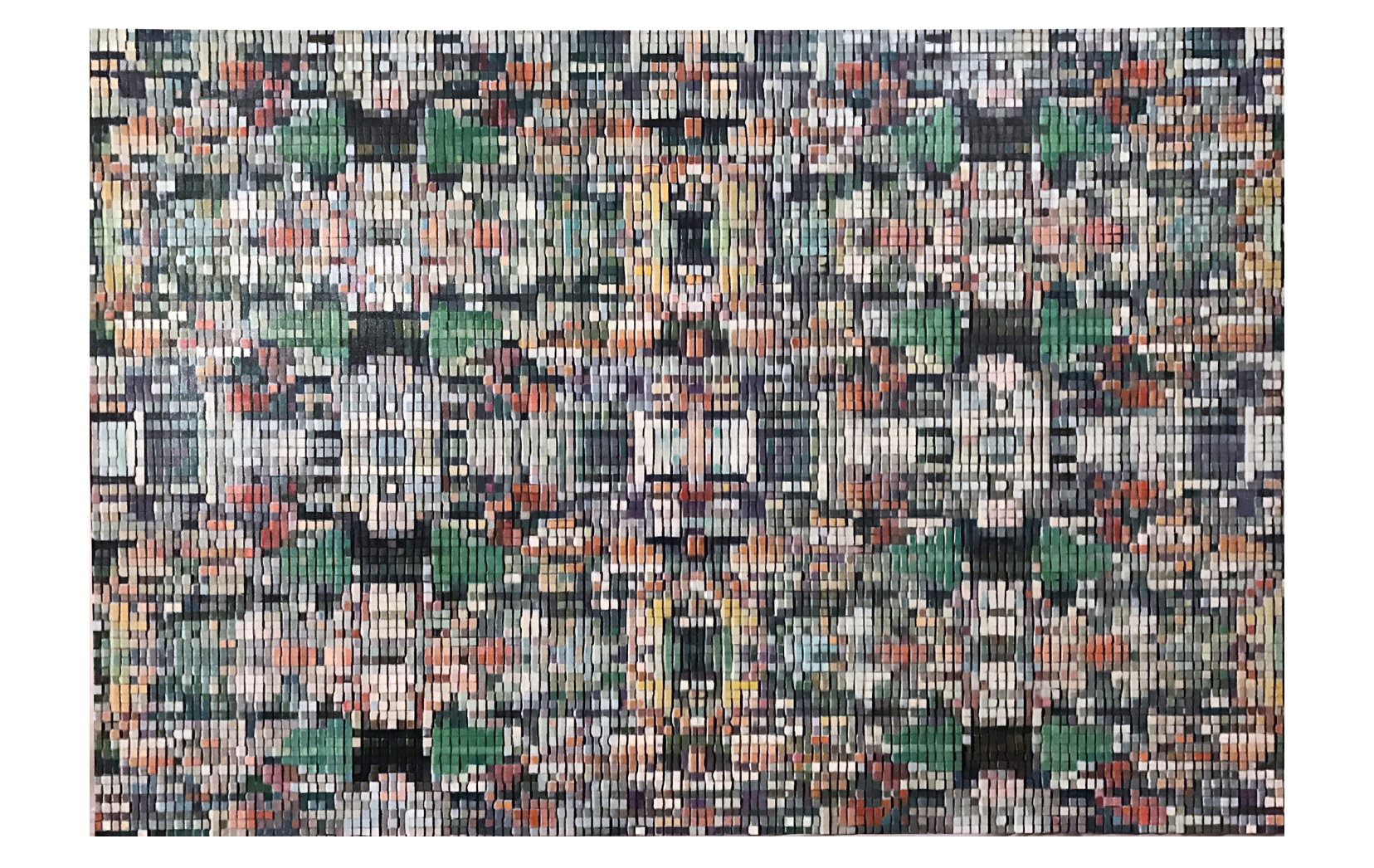
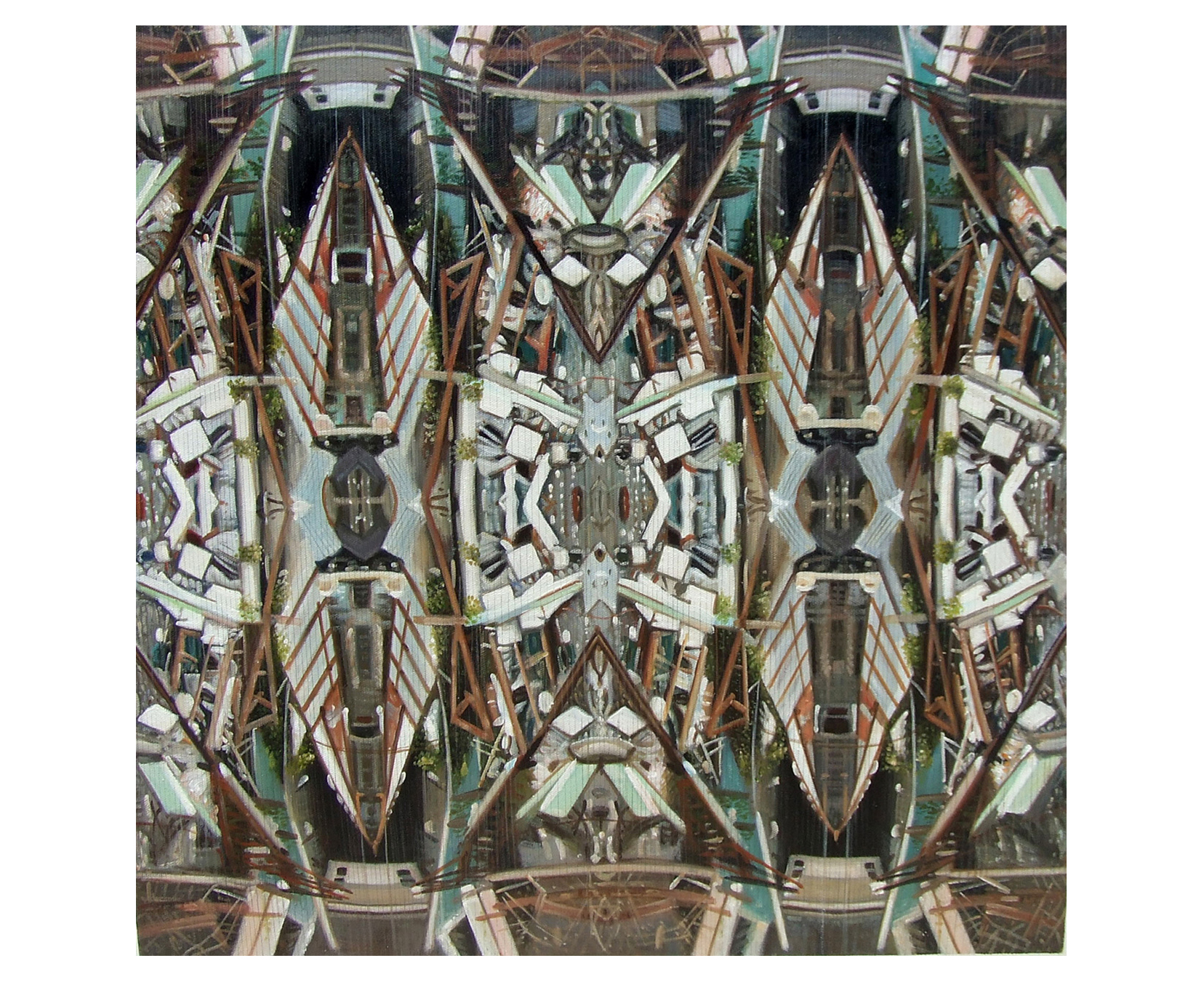
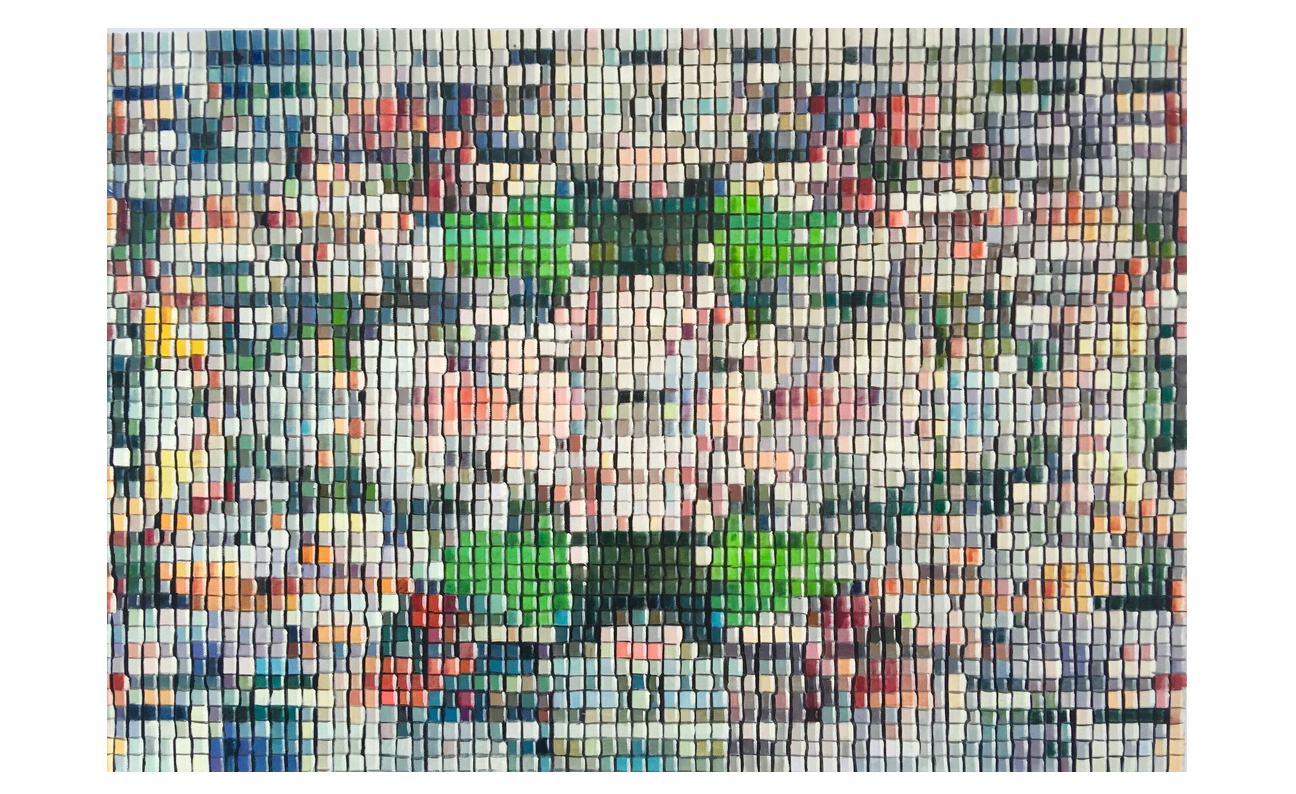
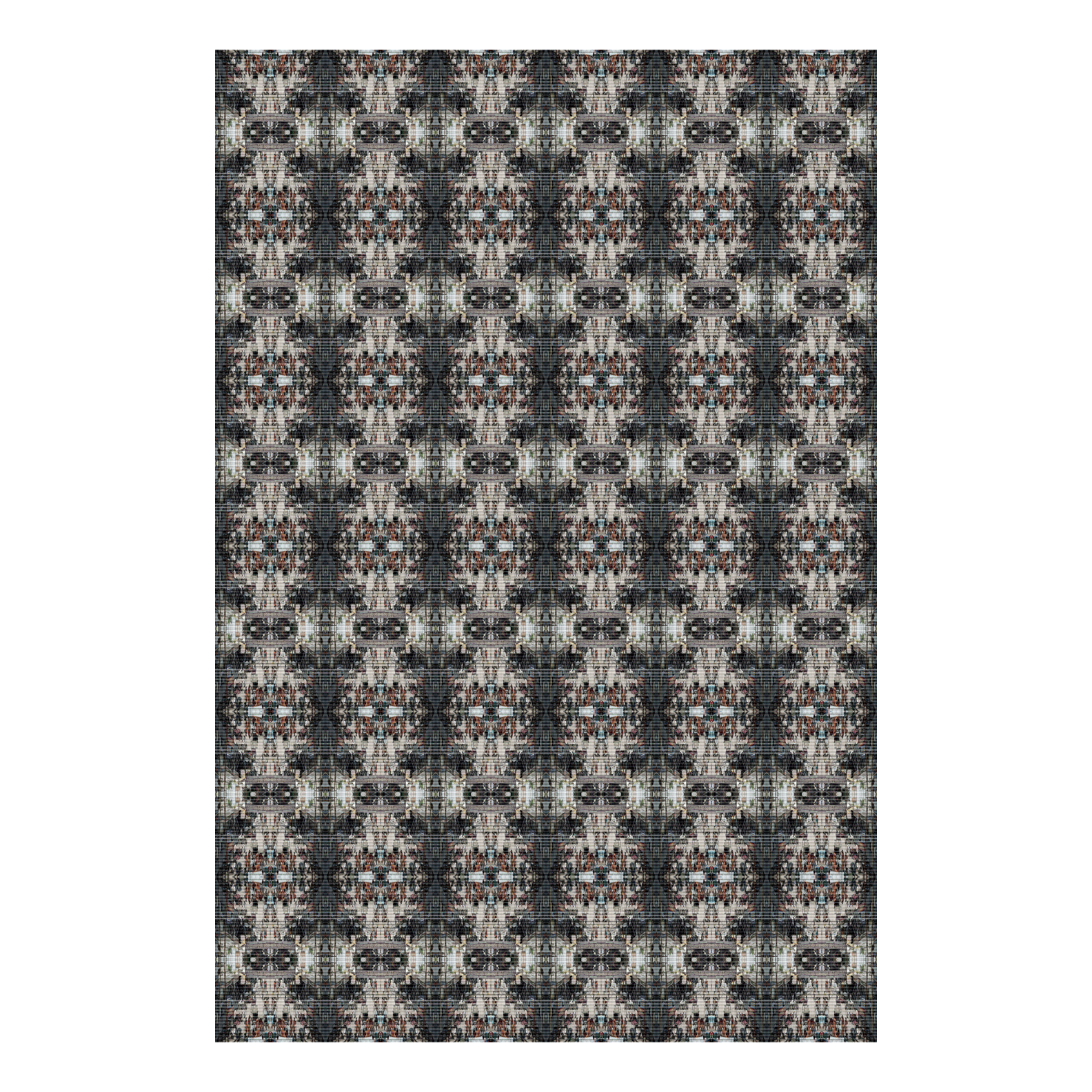
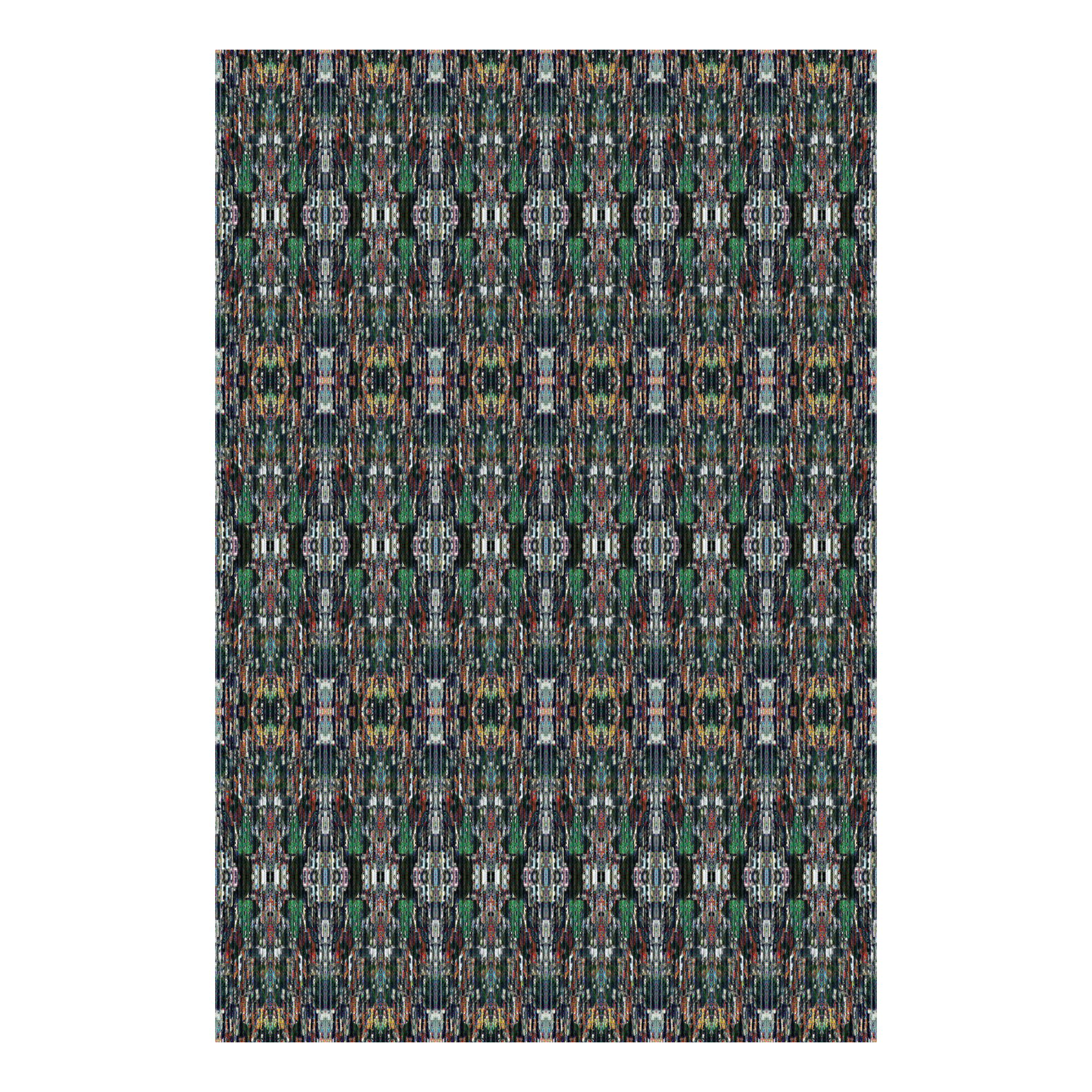
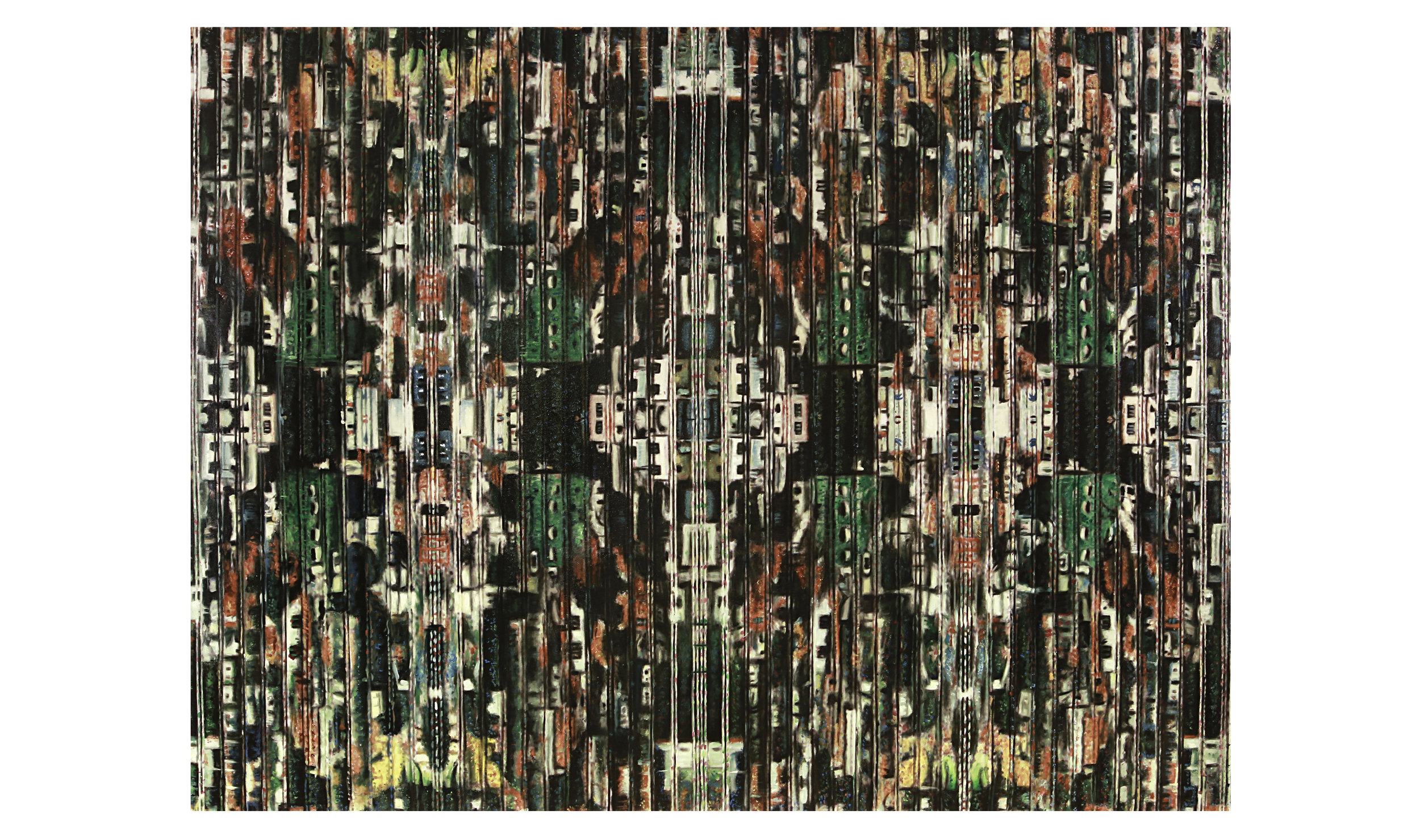
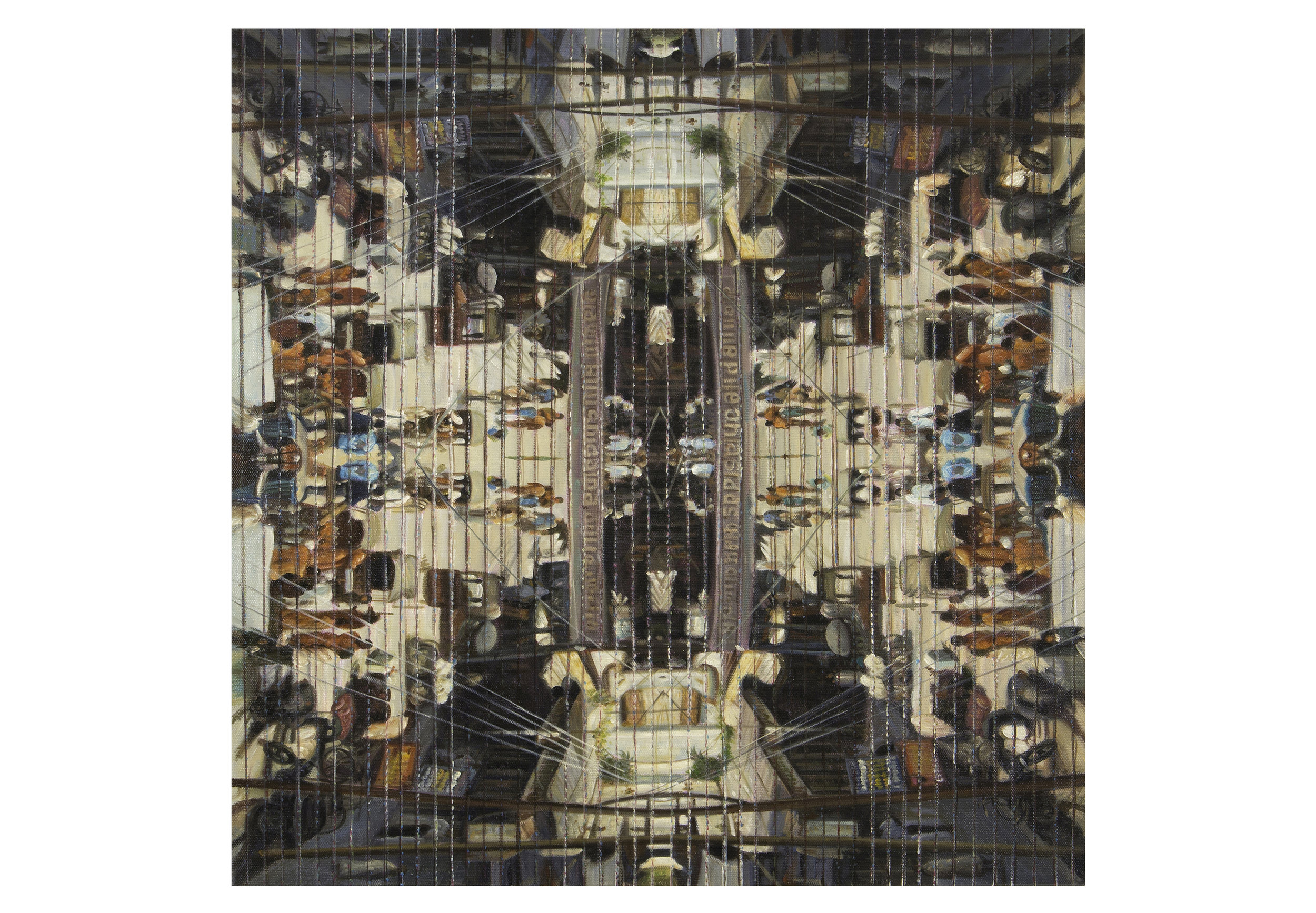

In this series of recent works, Kun continues to explore the concepts of perception and memory through the illusive surfaces of painted urban landscapes. Using strategies of reproduction and editing, Kun turns aerial views of poor neighborhoods around the world into geometric systems of labyrinths. These paintings, through their painterly action, underscores the gap between their visually pleasing, two-dimensional representation and their reality as three-dimensional infernos.
In everyday life we have grown accustomed to drawing conclusions about existence in the lived sphere based on our own flattened perception. In this series Kun is reducing the three-dimensional urban plight of modern cities to two dimensional paintings thereby simplifying our rendering of these inhabitants’ lives. In Kun’s works the reconstructed images attempt to suspend our automatic perceptual mechanisms, disrupting their structural logic to impede us from filling in the gaps by relying on previously concluded assumptions.
The rules are strict, light is the hand: Each image is crossed by horizontal and vertical mirrors deployed along the outline of parallel lines. Through these tracks, which define the rigidity threshold for these sights, the tough symmetrical world portrayed by Kun is revealed as a soft territory, consisting of multiple delicate transparencies.
It is interesting to see how Kun, a master of the little detail, approaches the structural foundation of his work in a concise manner. We find out that it only takes symmetrical multiplying to turn the transient into an enclosed plaza which opens before us like a geometrical ornament. The dark lines separate the soft, visual reality displayed on these cotton canvases with the actual concrete jungle the paintings seek to represent. Like hieroglyphic sheets, or alternatively a map from an old computer game, these tracks ask to be inhabited by their citizens. Thus, we are made aware of their existence.
For Kun, accessing various layers of consciousness may be likened to solving a riddle rather than a question with a binary answer. The raw materials of existence are the ones that establish what we consider to be the most plausible and usually simplest version of events. At times, viewing the daily news is the sweetest ‘bitter pill’ available for bolstering our sense of being; we crave that human connection. In other instances, our bystander observations cause us to ponder heavier questions found in the dark corners of reality.



